Your cart is currently empty!
Marguerite Yourcenar
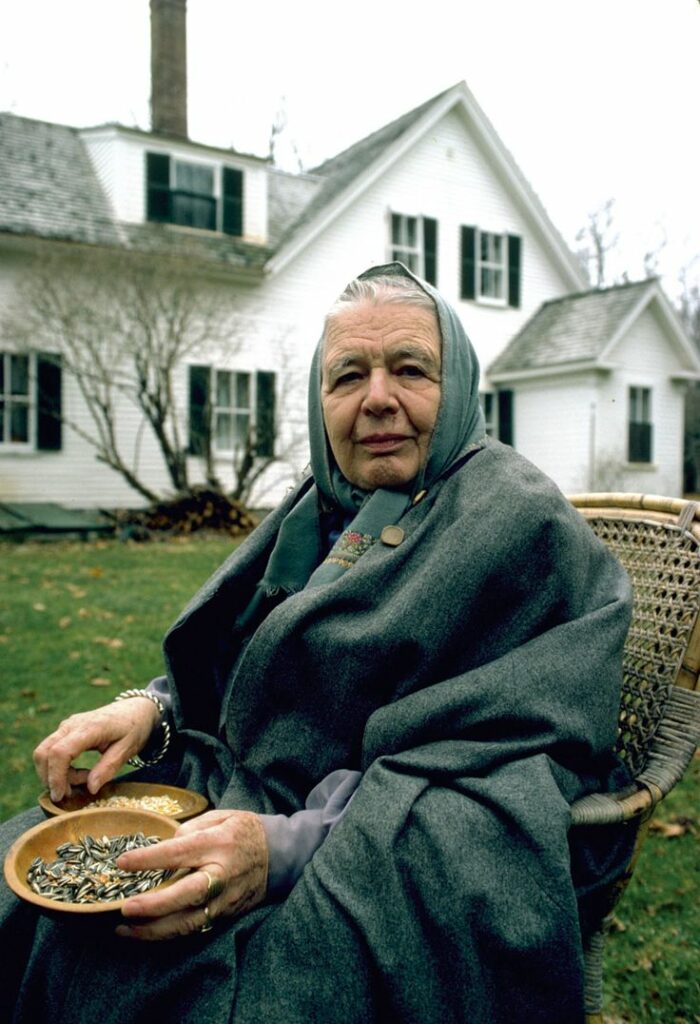
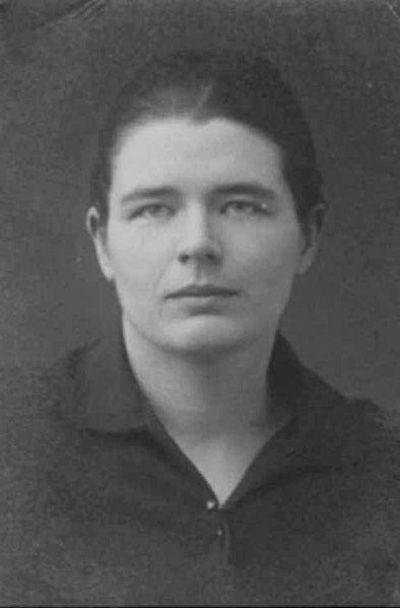
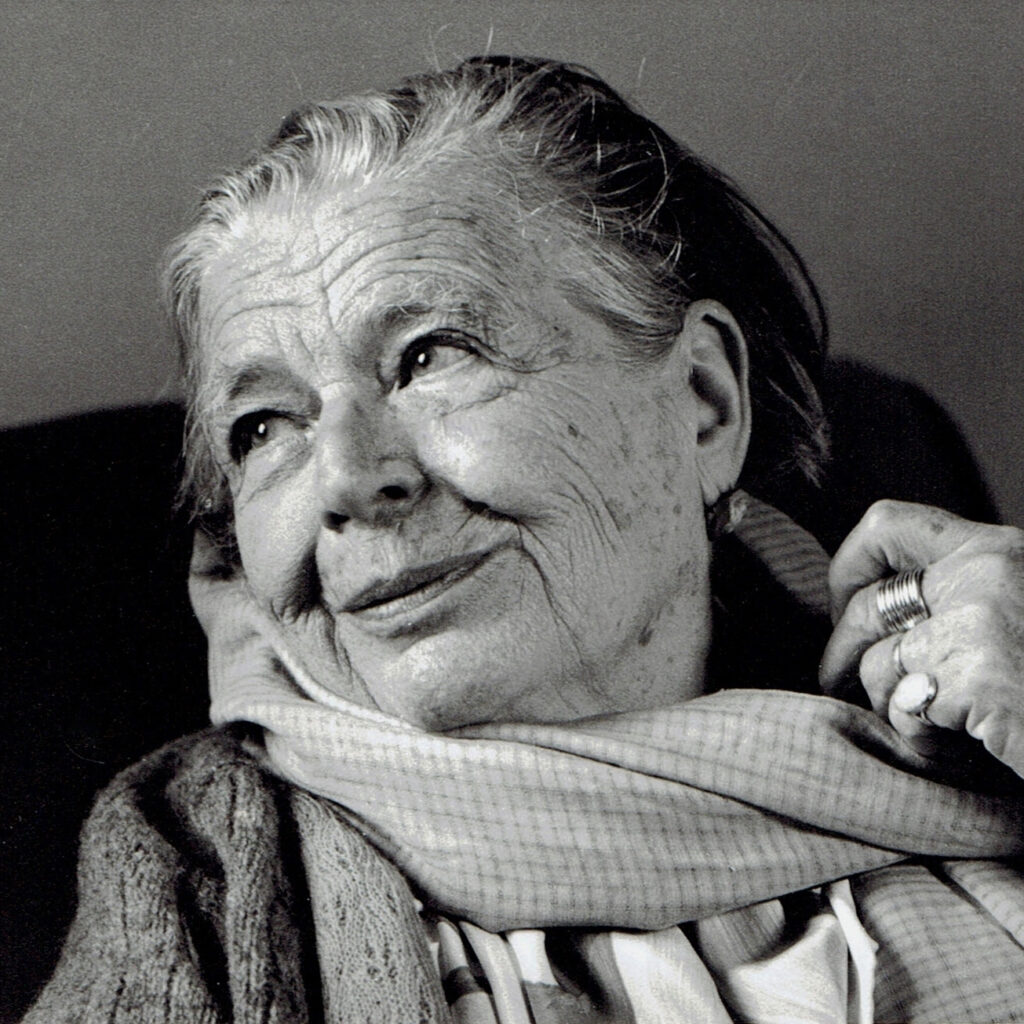
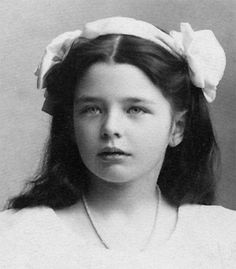
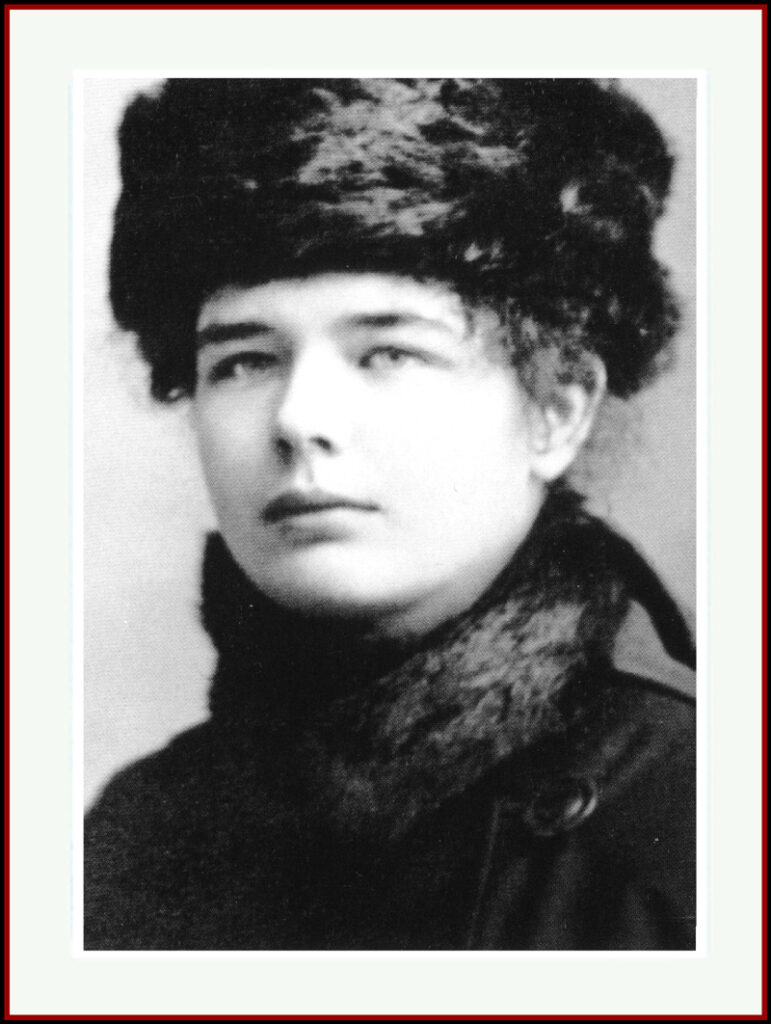
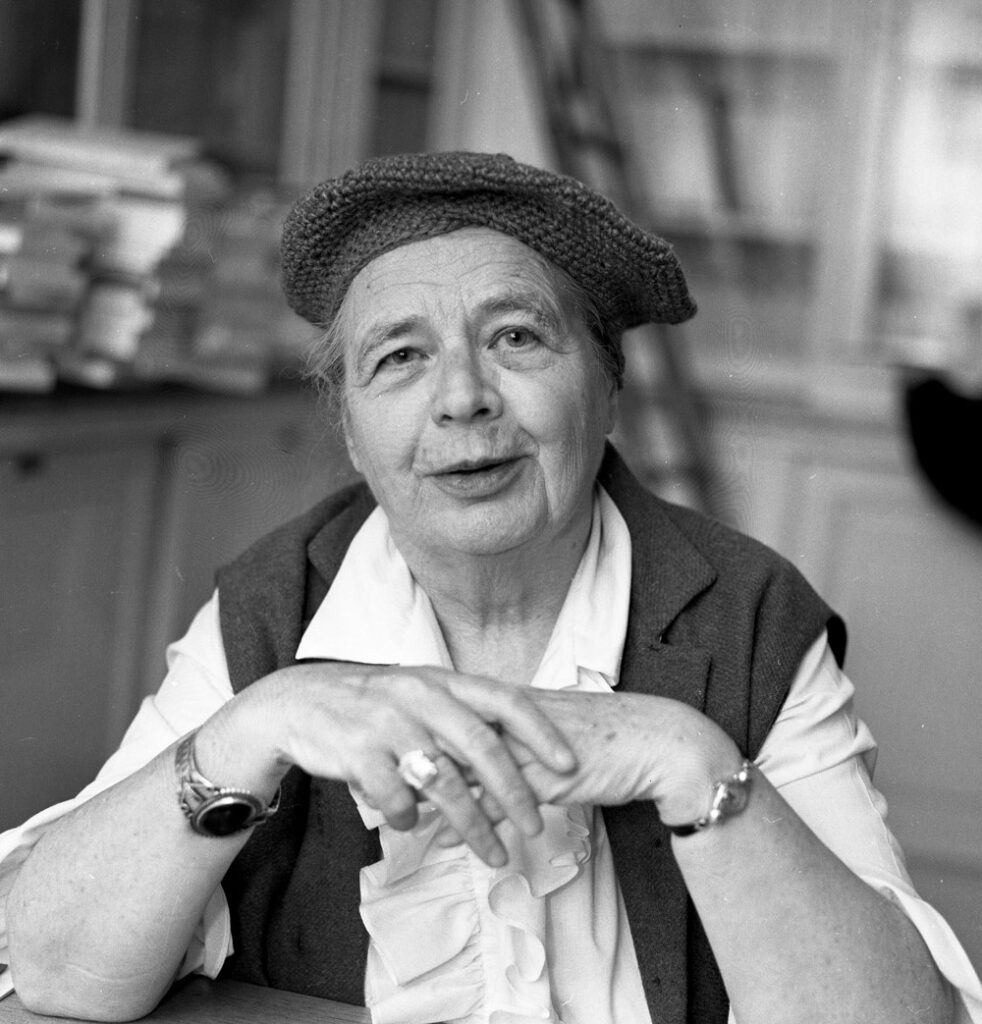
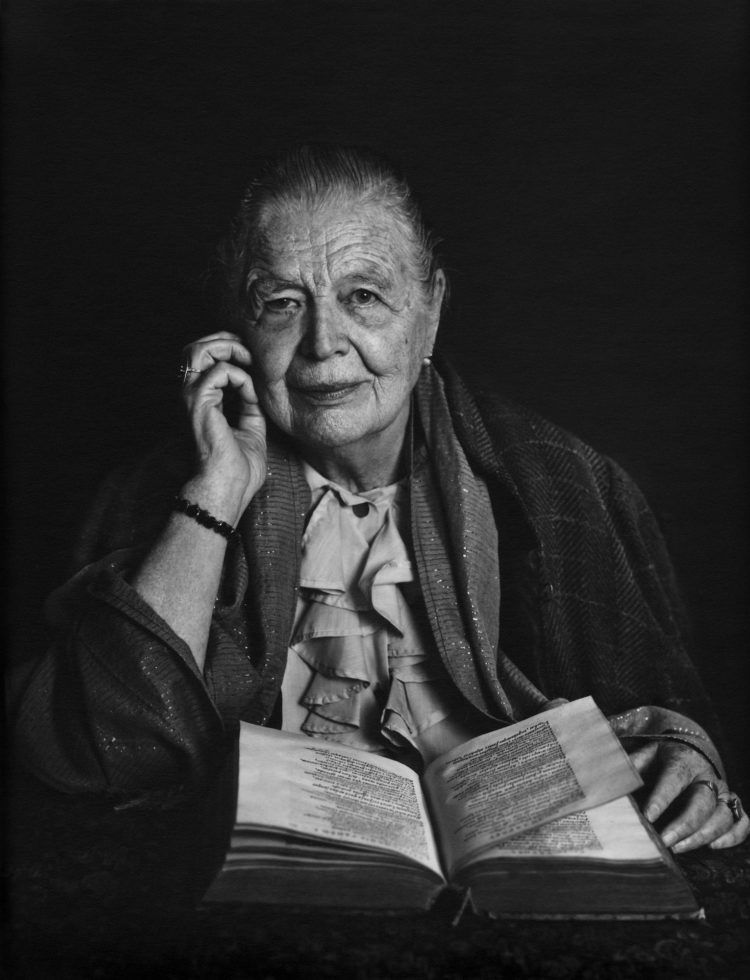
Birth Name: Marguerite Antoinette Jeanne Marie Ghislaine Cleenewerck de Crayencour
Born: June 8, 1903
Birthplace: Brussels, Belgium
Death: December 17, 1987
Gender identity: Cisgender Woman
Pronouns: She/Her
Sexual Orientation: Lesbian
Nationality: French (later naturalized American)
Ethnicity: French-Flemish, Belgian
Profession: Novelist, Essayist, Translator
Years Active: 1929–1987
Genres: Historical Fiction, Philosophical Fiction, Essays
Overview
Marguerite Yourcenar was a groundbreaking French writer and intellectual whose literary work spanned over five decades. She became a U.S. citizen in 1947 and was the first woman elected to the Académie Française in 1980. Known for her erudition and philosophical prose, she was nominated for the Nobel Prize in Literature in 1965 and is widely regarded as one of the great historical novelists of the 20th century.
Early Life and Education
Yourcenar was born in Brussels to Michel Cleenewerck de Crayencour and Fernande de Cartier de Marchienne. Her father, of French-Flemish descent, was a wealthy landowner, while her mother, of Belgian nobility, died ten days after Marguerite’s birth. She was raised by her paternal grandmother and father, and later adopted “Yourcenar”—an anagram of her surname—as her pen name and legal surname in 1947.
Career
Yourcenar’s first novel, Alexis, was published in 1929. In 1937, she translated Virginia Woolf’s The Waves. With the outbreak of World War II, she moved to the U.S. in 1939 with her partner Grace Frick, who invited her to lecture in comparative literature in New York and at Sarah Lawrence College.
In 1951, she published Mémoires d’Hadrien, a fictional autobiography of Emperor Hadrian that became an international success. It explored Hadrian’s reign, his philosophy, and his love for Antinous. The English translation was done by Frick. Her other major novel, L’Œuvre au Noir (1968), earned the Prix Femina.
She was elected to the Académie Française in 1980, and the bathroom signs were famously relabeled: “Messieurs | Marguerite Yourcenar.”
Personal Life
Yourcenar and Grace Frick became partners in 1937 and remained together until Frick’s death in 1979. They lived in Hartford, Connecticut before settling on Mount Desert Island, Maine. After Frick’s death, Yourcenar maintained a difficult relationship with her last companion, Jerry Wilson, who died of AIDS in 1986.
Yourcenar died in 1987. She and Frick are buried together at Brookside Cemetery in Somesville, Maine. Her epitaph, taken from The Abyss, reads: “Plaise à Celui qui Est peut-être de dilater le cœur de l’homme à la mesure de toute la vie.”
Legacy and Honors
- 1952: Prix Femina Vacaresco (Mémoires d’Hadrien)
- 1958: Prix Renée Vivien (Les charités d’Alcippe)
- 1963: Prix Combat (Sous bénéfice d’inventaire)
- 1968: Prix Femina (L’Œuvre au Noir)
- 1972: Prix Prince Pierre de Monaco (entire oeuvre)
- 1974: Grand Prix national de la culture (Souvenirs pieux)
- 1977: Grand Prix de l’Académie française (entire oeuvre)
- 1980: First woman elected to the Académie française
- 1983: Erasmus Prize
- 1987: Fellow of the American Academy of Arts and Sciences
- 2003: Honored with a Belgian postage stamp
- 2020: Google Doodle celebrated her 117th birthday
Petite Plaisance, her home in Maine, is now a museum dedicated to her legacy.
Major Works
- Le jardin des chimères (1921)
- Les dieux ne sont pas morts (1922)
- Alexis (1929)
- La nouvelle Eurydice (1931)
- Pindare (1932)
- Denier du rêve (1934, rev. 1958–59)
- La mort conduit l’attelage (1934)
- Feux (Fires, 1936)
- Nouvelles orientales (Oriental Tales, 1938)
- Les songes et les sorts (1938)
- Le Coup de Grâce (1939)
- Mémoires d’Hadrien (1951)
- Électre ou la chute des masques (1954)
- Les charités d’Alcippe (1956)
- Constantin Cavafy (1958)
- Sous bénéfice d’inventaire (1962)
- Fleuve profond, sombre rivière (1964)
- L’Œuvre au Noir (1968)
- Théâtre (1971)
- Souvenirs pieux (1974)
- Archives du Nord (1977)
- Le labyrinthe du monde (1974–84)
- Mishima ou la vision du vide (1980)
- Anna, soror… (1981)
- Comme l’eau qui coule (1982)
- Le temps, ce grand sculpteur (1984)
- The Dark Brain of Piranesi and Other Essays (1984)
- La Couronne et la Lyre (1986)
- Quoi ? L’Éternité (1988)
Correspondence
- Lettres à ses amis et quelques autres (1995)
- D’Hadrien à Zénon: Correspondance 1951–1956 (2004)
- Correspondance 1957–1960 (2007)
- Une reconstitution passionnelle: Correspondance 1980–1987 (2009)
- Persévérer dans l’être: Correspondance 1961–1963 (2011)
- Lettres à Emmanuel Boudot-Lamotte (1938–1980) (2016)
- Correspondance 1964–1967 (2019)
- Correspondance 1968–1970 (2023)
Sources Cited
- Marguerite Yourcenar: Inventing a Life by Josyane Savigneau
- The Paris Review, “The Art of Fiction No. 103”
- Marguerite Yourcenar: A Biography by George Rousseau
- CIDMY – Centre International de Documentation Marguerite Yourcenar
- American Academy of Arts and Sciences archives
- NobelPrize.org nomination archive
- Paths to Contemporary French Literature by John Taylor
- Bérengère Deprez, Marguerite Yourcenar and the United States
- Rémy Poignault, L’Antiquité dans l’œuvre de Marguerite Yourcenar
- Mireille Brémond, Marguerite Yourcenar, une femme à l’Académie
Leave a Reply